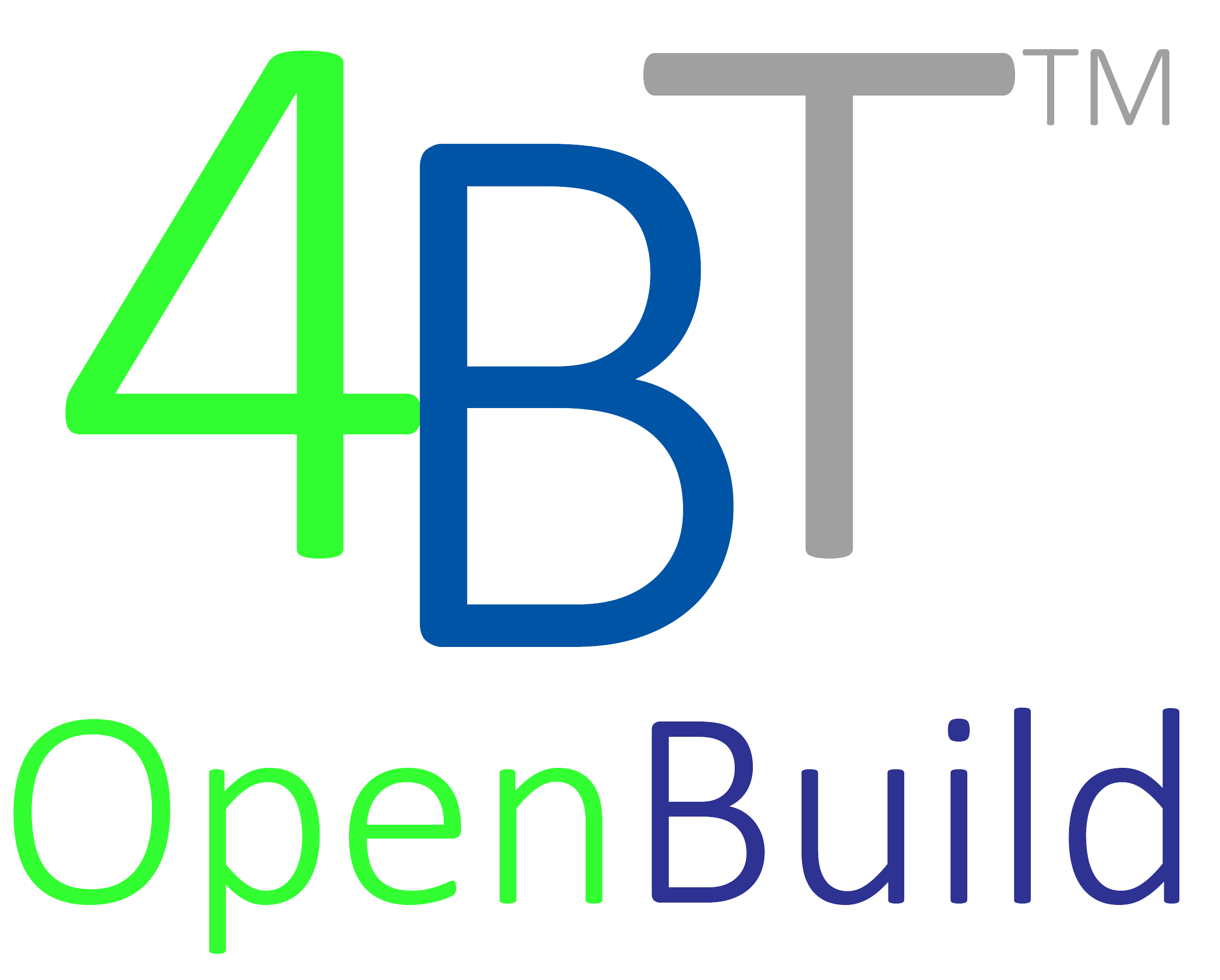Facilities Sustainment, Restoration, and Modification (FSRM)
WHAT?
Facilities sustainment – The maintenance and repair activities necessary to keep an inventory of facilities in good working order. It includes regularly scheduled adjustments and inspections, preventive maintenance tasks, and emergency response and service calls for minor repairs. It also includes major repairs or replacement of facility components (usually accomplished by contract) that are expected to occur periodically throughout the lifecycle of facilities. This work includes regular roof replacement, refinishing of wall surfaces, repairing and replacement of heating and cooling systems, replacing tile and carpeting, and similar types of work. It does not include environmental compliance costs, facility leases, or other tasks associated with scheduled adjustments and inspections, preventive maintenance tasks, and emergency response and service calls for minor repairs.
Restoration – Activities required to bring a facilities to such a condition that it may be used for its designated purpose. Restoration includes repair or replacement work to restore facilities damaged by inadequate sustainment, excessive age, natural disaster, fire, accident, or other causes.
Modernization – The alteration or replacement of facilities solely to implement new or higher standards, to accommodate new functions, or to replace building components that typically last more than 50 years (such as the framework or foundation).
WHY?
Robust FSRM activities are required to efficiently manage the lifecycle of a portfolio of facilities and associated physical infrastructure.
Most public sector agencies fail to achieve optimal performance and cost-efficiency due to a lack of understand of implementation of robust and integrated Planning, Procurement, and Project Delivery frameworks. A strong FRSM program is required to drive significant long-term organizational financial and mission benefits and aids in compliance and sustainability efforts.
HOW?
The Importance PEOPLE, PROCESS, INFORMATION, and TECHNOLOGY
1. Holistic View of Asset Management
PEOPLE – A primary focus upon PEOPLE is the first step towards sustainable facilities management. First and foremost, leadership must be capable, committed, and accountable with respect to the implementation of a holistic approach to physical asset management.

Significant change management is needed to shift from archaic and waste planning, procurement, and project delivery methods and practices. The fundamental change in attitudes and processes needed to achieve significant improvement represents a formidable if not impenetrable barrier to most public sector organizations.
Internal and external teams must be capable and willing to collaborate, share technical and financial data, and work towards mutually beneficial goals. Internal and external planning, procurement, and project delivery teams must work in a complementary manner.
PROCESS – A programmatic process, applied to each and every project and workorder. Whether a repair, renovation, maintenance, or new build activity, each must follow a defined workflow with appropriate requirements and approvals are each process stage from planning through completion. A root cause of failure for most projects is the lack of a well-defined, granular Scope of Work (SOW) that is communicated in standardized manner to all participants and stakeholders. It is this lack of financial and technical visibility that drives project failure resulting in delays, cost overruns, and dissatisfaction among parties.
Process requirements include:
#1. Predefined workflow for all projects, regardless of type.
#2. Defined documentation and approvals for all project phases.
#3. Common shared date environment, including current, objective, and verifiable locally researched granular labor, material, and equipment cost data.
#4. Quantitative performance monitoring.

INFORMATION – A shared common data environment that is shared by all participants and stakeholders is needed to support timely and appropriate decision-making. This includes the use of a common, industry-standard glossary of terms and definition as well as the use of standard data architectures such as expanded CSI MasterFormat, expanded UNIFORMAT, etc.
TECHNOLOGY – Technology is an enablers, not a driver. The role of technology is to enable consistent, lower cost deployment and execution of PROCESS. Far too often technology is viewed as a solution and/or major focus relative to change management.
2. Cost Efficiency and Budgeting
The statement “you cannot manage what you do not manage” is directly applicable. Most organizations have zero cost visibility or transparency. How can this be? Simple. Cost visibility can only come from one source, current, objective, and verifiable local market labor, material, and equipment costs. Verifiable cost information cannot be found in contractor or subcontractor quotes, historical data, or national average cost data. Unfortunately, most public sector organizations do not understand this basic fact.
By understanding these financial implications upfront, planning, procurement, and project delivery professionals can allocate budgets more effectively, avoiding unexpected expenses and optimizing investment returns.
3. Enhanced Maintenance Planning
Effective maintenance planning is crucial for the longevity and performance of a building. Preventive maintenance is one of least quantitatively managed processes , leading to system excessive system failures and poor use of organizational financial resources.
Details schedules, inclusive of frequency and equipment driven checklists as well as labor and material details and costs are central to efficient and effective preventive maintenance programs.
SUMMARY
By having a clear understanding programmatic facilities sustainment, real property owners and facilities managers can better plan for and anticipate costs, potential issues, and implement risk mitigation strategies. This quantitative proactive approach minimizes disruptions and maintains the safety and functionality of the facility as well as maximizes decision-making capabilities and the associated the use of available resources.
Those who embrace a dynamic, quantitative approach to FSRM will be better equipped to meet the challenges and opportunities ahead, ensuring the sustainment and success of their organizational mission.

